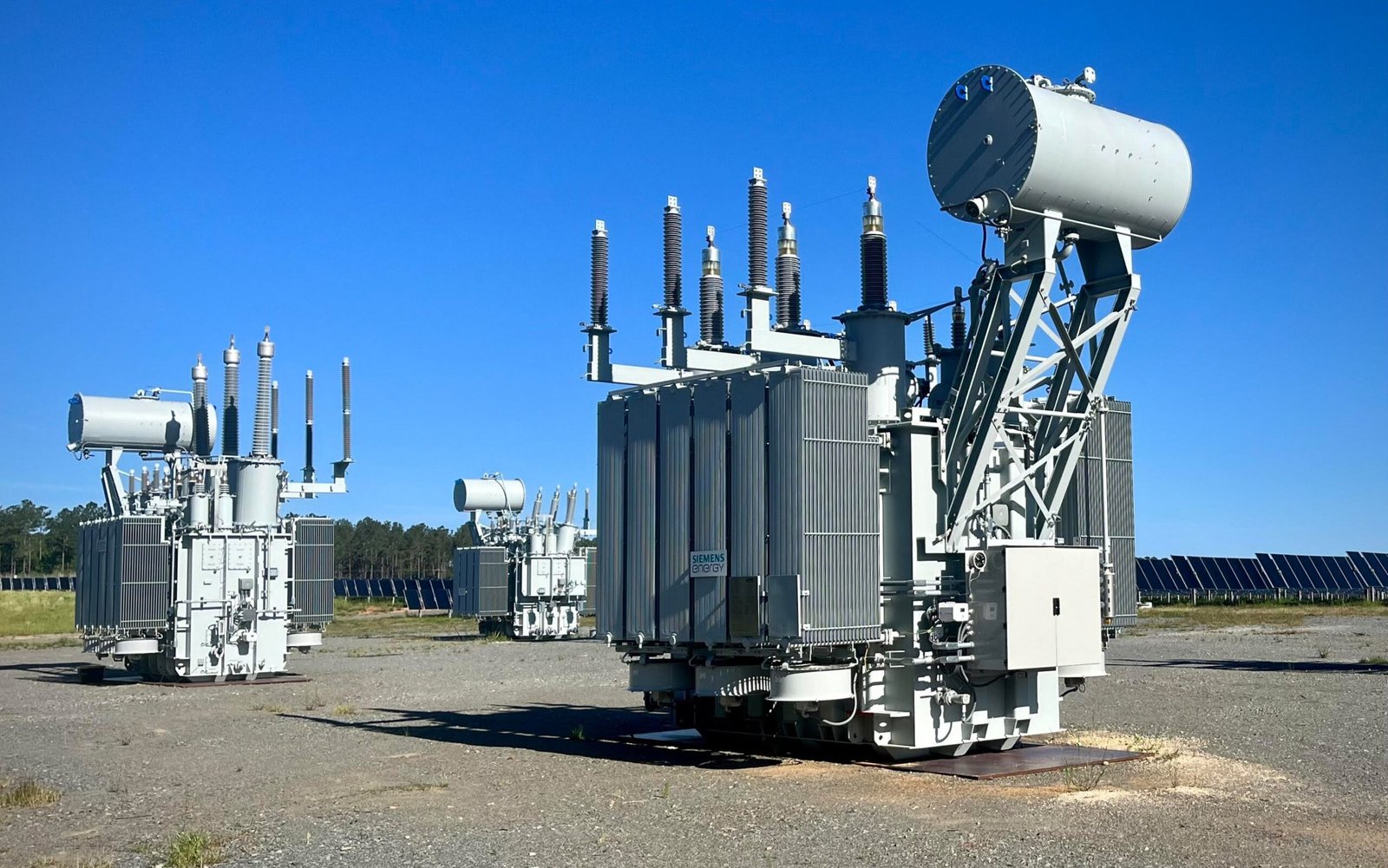Transformers are the heart of any power substation, stepping voltage levels up or down to ensure efficient power transmission and distribution. Proper transformer installation is critical to substation reliability, safety, and longevity. A well-installed transformer minimizes downtime, reduces maintenance costs, and safeguards personnel and equipment. At Manikaran Enterprises, we understand that adhering to industry best practices not only enhances operational efficiency but also upholds the highest standards of quality and safety in electrical infrastructure projects.
Understanding Transformer Installation Requirements
Before beginning any installation, it is essential to review the manufacturer’s specifications and applicable industry standards. Factors such as transformer type (oil-filled, dry-type), voltage rating, weight, and site-specific environmental conditions—temperature range, seismic activity, and flood risk—must be thoroughly assessed. A detailed engineering study helps determine clearances, grounding requirements, and load characteristics. This upfront planning stage lays the groundwork for a smooth installation process and prevents costly modifications later on.
Site Preparation and Foundation Design
A level, robust foundation is the cornerstone of a stable transformer installation. Soil analysis ensures the bearing capacity can support the transformer’s weight, including accessories like conservators and bushings. Concrete pads should be reinforced and cured according to engineering standards, with anchor bolts accurately placed to match transformer mounting holes. Proper drainage systems must be incorporated to prevent water accumulation around the foundation, protecting both the transformer base and associated structures from corrosion and settling.
Transportation and Handling of Transformers
Transporting large power transformers requires meticulous coordination. Route surveys identify potential obstacles—low bridges, narrow roads, and overhead lines—that could impede movement. Specialized heavy-haul vehicles, cranes, and skidding equipment are employed to ensure safe handling. During unloading, transformers must be lifted only from designated lifting points to avoid damage to the tank or internal windings. Shock-absorbing supports and rigging protocols minimize vibration and mechanical stress, preserving transformer integrity.
Alignment and Positioning Practices
Once on-site, precise alignment is crucial for optimal transformer performance. Laser levels and plumb lines help verify horizontal and vertical placement, reducing mechanical strain on connections. Adequate clearance from adjacent equipment and walls ensures proper ventilation and maintenance access. Positioning must also account for transformer cooling systems—radiators, fans, or natural convection—to maintain efficient heat dissipation. Careful alignment reduces noise, vibration, and the risk of oil leakage in liquid-filled units.
Electrical and Mechanical Connections
Connecting a transformer involves securing HV and LV bushings, grounding systems, and auxiliary cables. All electrical connections should be torqued to manufacturer-recommended specifications using calibrated tools, preventing loose joints and hotspots. Cable trays and conduits must be organized to avoid sharp bends and ensure clear labeling for future maintenance. Grounding electrodes and mats are installed to provide a low-impedance path to earth, safeguarding against fault currents. Mechanical drains and breather units are fitted to maintain transformer insulation quality by controlling moisture and air ingress.
Testing and Commissioning Procedures
Before energization, a comprehensive testing regimen verifies transformer health and installation quality. Insulation resistance tests, turns ratio tests, and power factor measurements detect winding issues or moisture-related degradation. Oil samples from liquid-filled transformers are analyzed for dielectric strength, water content, and dissolved gas indicators. Functional checks of tap changers, protection relays, and control wiring confirm operational readiness. Engaging professional Transformer Installation and Commissioning Services in India ensures that all tests are performed by experienced technicians, and detailed reports document compliance with performance criteria.
Safety Considerations and Compliance
Transformer installation poses hazards such as high-voltage exposure, heavy lifting, and oil spills. Strict adherence to safety protocols—lockout/tagout procedures, personal protective equipment (PPE), and hazard identification—is mandatory. Spill containment kits and fire suppression systems should be readily available to manage oil leaks or electrical fires. Compliance with local regulations, environmental guidelines, and utility standards is non-negotiable. Regular safety audits and training sessions reinforce a culture of vigilance, reducing the risk of accidents during installation and subsequent operation.
Partnering with Experts for Optimal Results
Engaging a reputable service provider can make the difference between a standard installation and one that sets a benchmark for excellence. As the Top Electrical Solution Company in Rajasthan, our team combines decades of field experience with cutting-edge tools and methodologies. From preliminary surveys to final commissioning, Manikaran Enterprises delivers turnkey transformer installation solutions tailored to the unique demands of each substation project. Our integrated approach ensures that timelines are met, budgets are adhered to, and performance objectives are exceeded.
Conclusion
Proper transformer installation in power substations is a multifaceted process that demands careful planning, precise execution, and rigorous testing. By following industry best practices—from site preparation and handling to electrical connections and commissioning—utilities and industrial operators can achieve superior reliability, efficiency, and safety. Partnering with an experienced provider like Manikaran Enterprises guarantees access to specialized expertise and proven methodologies, laying the foundation for decades of trouble-free substation operation.




